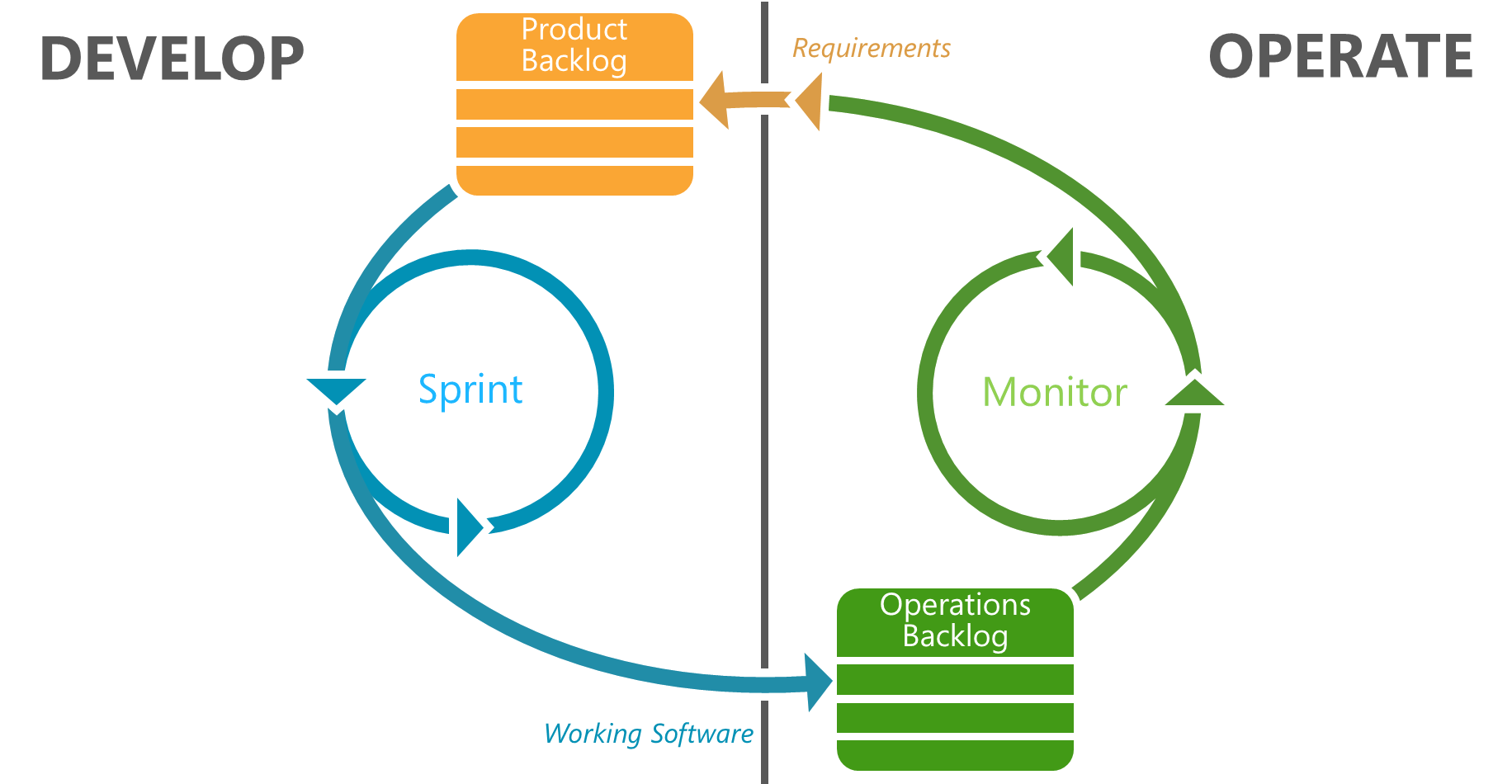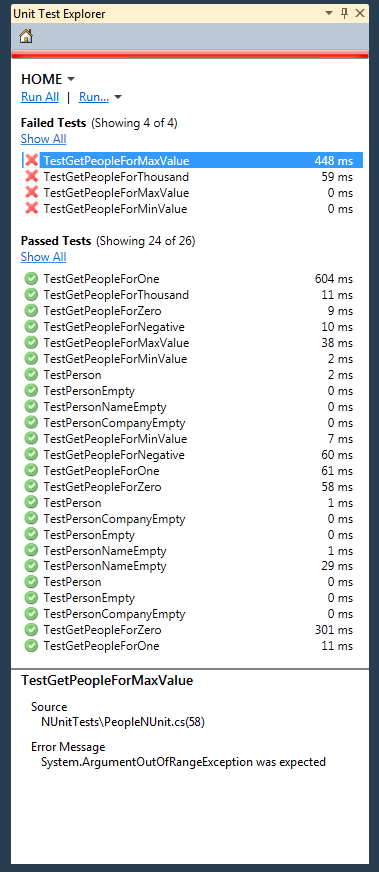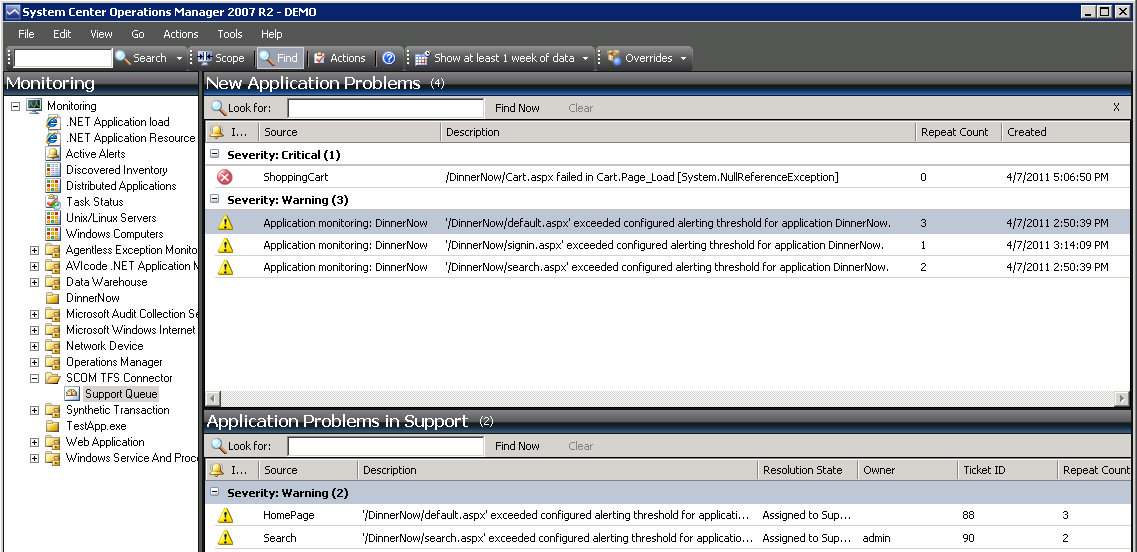Announcing ALM Roadmap in Visual Studio vNext at Teched
I get a lot of questions about the future of Visual Studio; while I can't talk about everything we're doing I am excited because today at Teched North America, I announced our vision for Application Lifecycle Management (ALM) in the next version of Visual Studio. Our vision for ALM can be broken down into three main themes:
- Building on the momentum of Visual Studio 2010. If you haven’t tried out Visual Studio 2010, you can take it out for a test drive.
- Accelerating agile adoption – you can find great existing support today with more to come.
- Linking development and operations – ensuring a tight interaction between dev and ops.
When we asked people what the biggest problem they faced in successfully delivering software, they identified the need for better collaboration. We know that building software takes a team of people including developers, testers, architects, project planners, and more. Out of this observation, we created the strategy for our ALM offering which focuses on helping people collaborate in very tightly integrated ways:
- Collaboration – focus on the flow of value between team members no matter what role.
- Actionable Feedback – when feedback is required between team members, it should be in a form which is directly applicable to solving the problem at hand. For example when a tester communicates a defect to development it should include videos, screen shots, configuration information, and even an IntelliTrace log making it easier to find and fix the root problem.
- Diverse Work Styles – provide the best possible tool for each team member whether that is the Visual Studio IDE, the web browser, SharePoint, Office, or dedicated tooling.
- Transparent Agile Processes – Enable all of the above to work on a “single source of truth” from engineering tasks through project status. TFS provides this core that brings together all team members and their tools.
VS2005, VS2008, and VS2010 have all delivered new value following this path. For example VS2010 added deep Architect <-> Developer and Test <-> Developer interaction through solutions like architectural discovery, layering enforcement, automated testing, and IntelliTrace.
In the keynote today, I talked about how we have continued on this path by incorporating two additional important roles: stakeholders and operations. Even though this diagram greatly simplifies the flows throughout the application lifecycle, it captures the essence of planning, building, and managing software:
There are a number of scenarios that span the next version of Visual Studio for ALM. These scenarios improve the creation, maintenance and support of software solutions by focusing on improving the workflow across the entire team as well as across the entire lifecycle.
- Agile Planning Tools – create transparency across the planning process and full team participation through solutions like the new backlog and task board.
- Lightweight Requirements – a natural way to capture and receive feedback on requirements early in the process.
- Stakeholder Feedback – working code which matches the expectations of stakeholders.
- Continuous Testing – unit test coverage ensures quality in the final product.
- Agile Quality Assurance – increased code quality with code review support, enhanced unit testing frameworks and new exploratory testing support.
- Enhanced User Experience – more time ‘in the zone’, through improved experiences for day-to-day tasks.
- Aligning Development with Operations – increased connections and insight between the operations and development teams lowering the time it takes to fix a bug in production.
Here are just a few of the screenshots from the demos today – a link to my keynote is below.
Agile Planning
Planning a successful release requires making a lot of tradeoffs. We need to decide what core customer problems we want to solve and in what priority (product backlog). We only have so many resources available to us which must be factored in (capacity planning). Once we’ve determined what comes next we actually have to plan out the work (sprint planning). Finally we need to track our progress against the plan and make adjustments as we go (managing tasks). With Visual Studio vNext we have introduced a new web based interface that implements the scrum model providing solutions for all of these issues. Because the solution is built on TFS, the data is easily accessed in your favorite tool of choice. You can see some examples here:
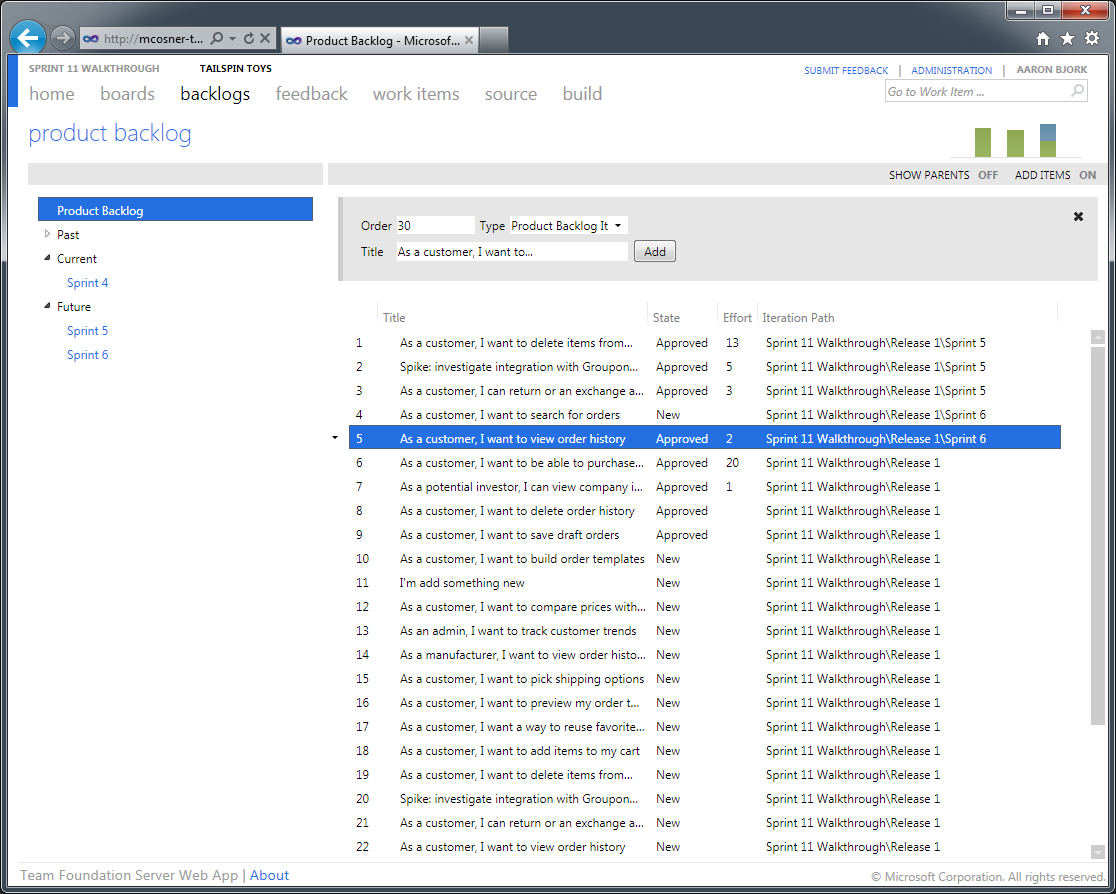 |
 |
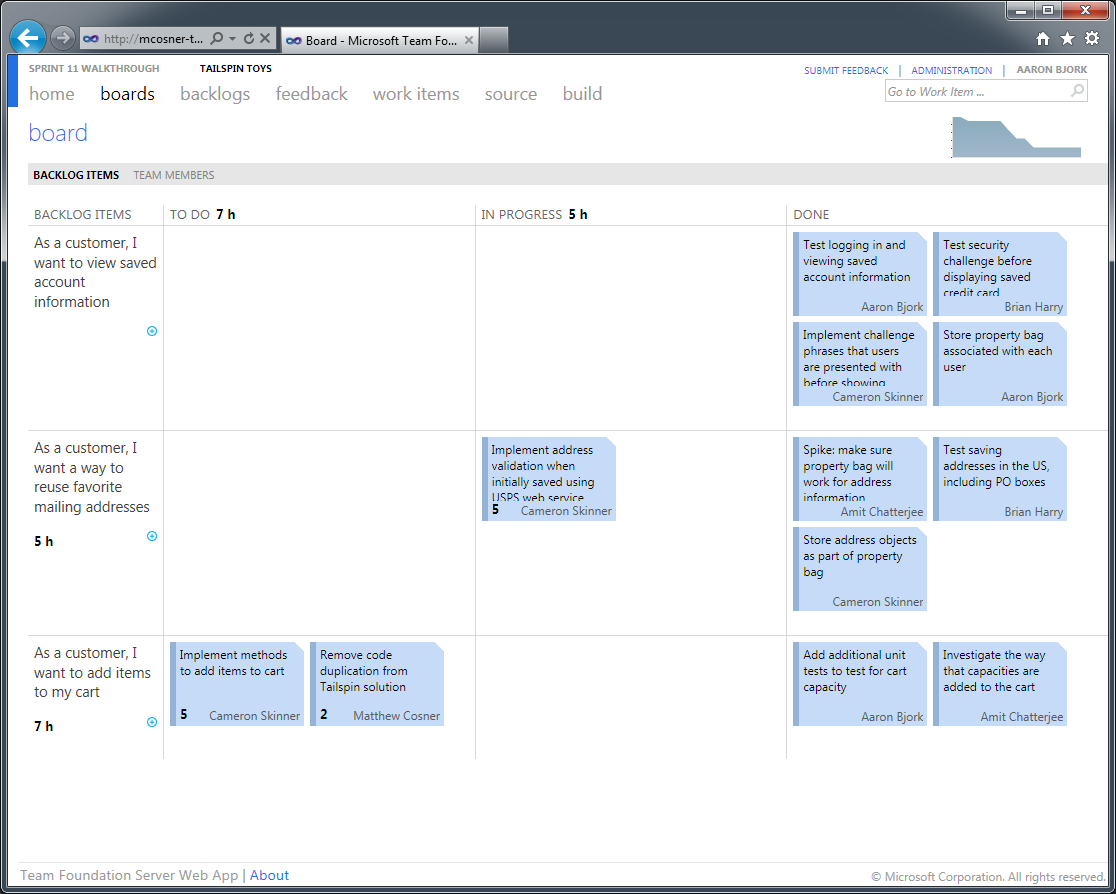 |
Lightweight Requirements
How often have you built exactly what the customer asked for but not what they wanted? In general customers are working hard to provide their requests and the engineering team is working equally hard to make them happy. At the same time there are a lot of steps involved and each point can introduce the potential to diverge between the stakedholder and the engineering team. Visual Studio vNext provides a natural way to work through stakeholder feedback using something we are all familiar with, PowerPoint. Using the Storyboarding plug-in for PowerPoint the product owner can quickly mock up the solution and get feedback directly from the customer before impelmentation begins. Because the solution leverages PowerPoint, you can show linking between screens in your application, demonstrate user actions (like touch), and easily share your proposal. The following screen shots demonstrate some of these concepts:
 |
 |
 |
 |
Stakeholder Feedback
The longer the time between a user asking for a feature and the team delivering, the more likely we are to see disconnects. Ideally we would get feedback on a regular basis to make sure what is being built is what was asked for. To help with this, Visual Studio vNext introduces a new feedback tool (based on the Test Professional support VS2010) which allows a product owner to use the new features and provide actionable feedback. The tool collects video and audio of the feedback session as well as the action logs (which can be turned into test cases). This kind of rich feedback done in a timely way keeps everyone in sync.
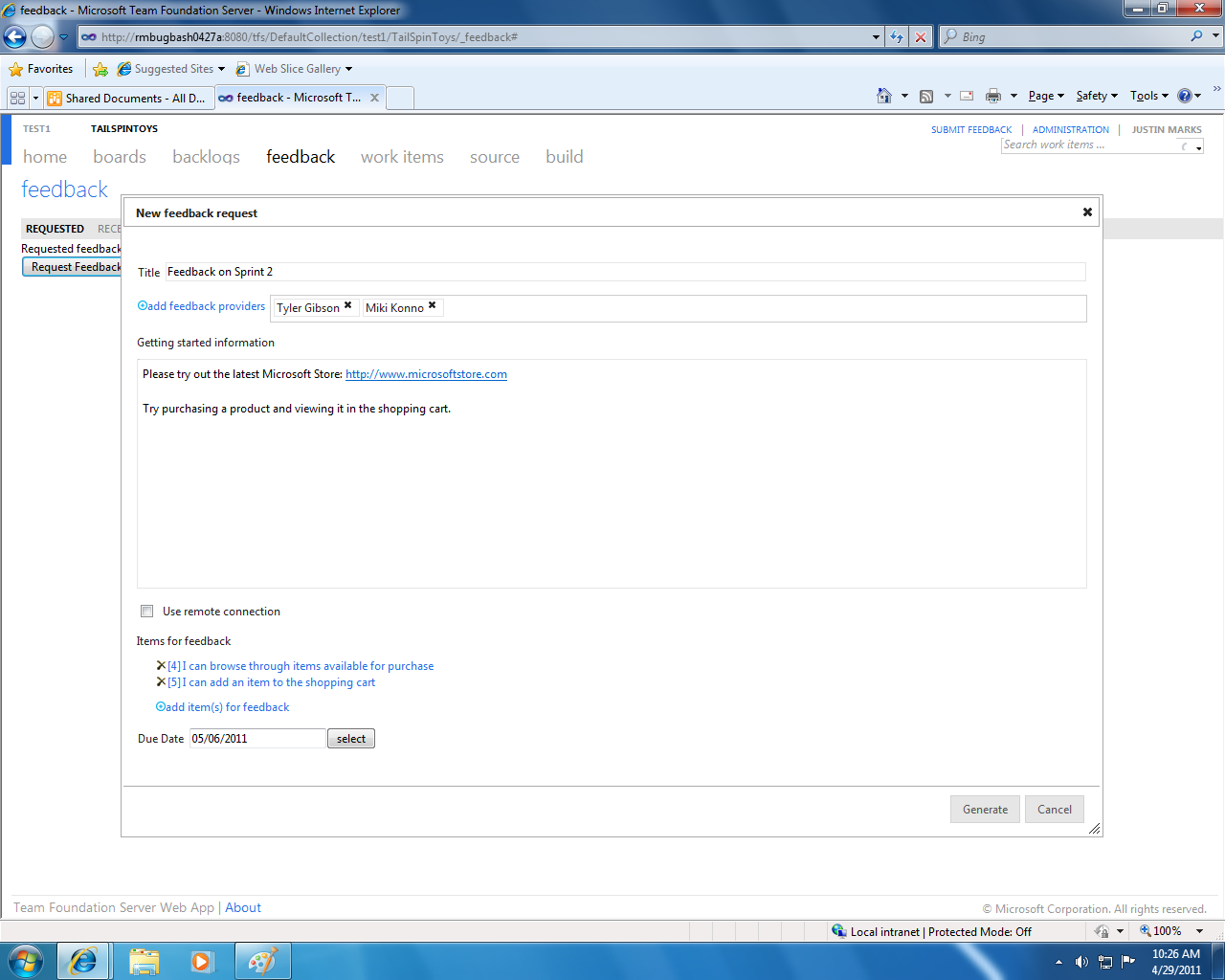 |
 |
 |
Continuous Testing
Having great unit test coverage is one of the best ways to ensure quality in the final product. With Visual Studio vNext we are enabling you to use your favorite unit testing framework integrated deeply into the IDE. We will support MS Test, xunit, and nunit with vNext. You will also be able to target both .NET and native C++ code. Adding test frameworks is an extensibility point as well so if you don’t see your favorite one listed here, you can easily add it.
Agile Quality Assurance
Once our new software has been finished by the development team we need to do our quality assurance passes. This will include a set of functional tests that can utilize the manual and coded testing features of VS2010. For Visual Studio vNext we also wanted to provide a way for a QA professional to explore the product and look for additional issues. The new Exploratory Testing tool provides a great way to do this. As you explore the product the tool records the entire session (audio and video), the action log of steps taken, etc. From the tool you can create a new test case, bug, take snapshots, and take detailed notes. The filtering tool also allows you to select the steps that led to finding a defect. All of these are examples of providing actionable feedback.
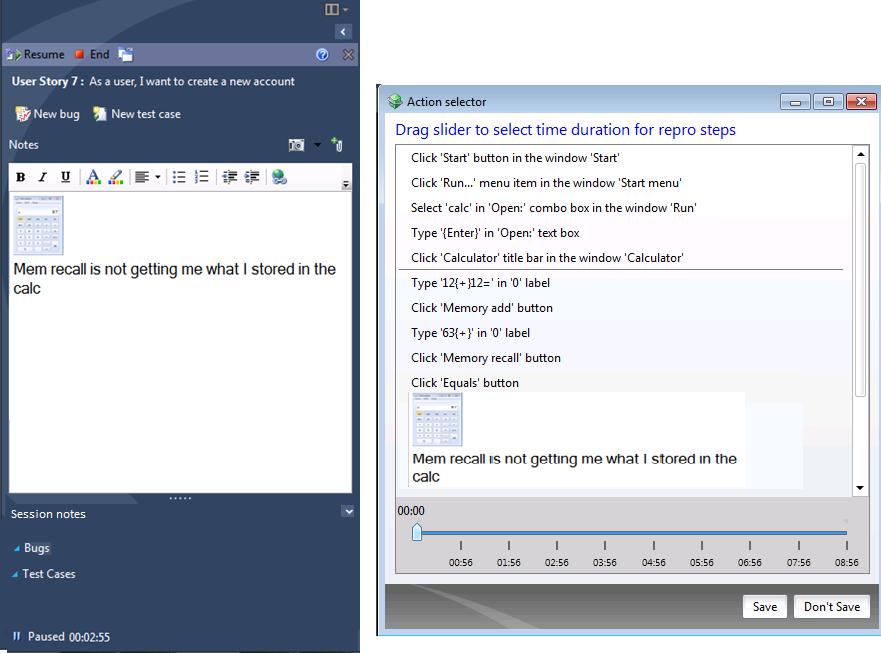 |
System Center and Visual Studio Team Foundation Server 2010
The relationship between the application development and the IT operations teams is critical. We’ve just released a CTP of the new connector between System Center and Visual Studio Team Foundation Server (TFS) 2010 that facilitates the alignment between development and operations. The connector enables an operations team to assign application performance monitoring and diagnostic information gathered by System Center to TFS for immediate attention and application incident triage by the engineering team. Using this support, the operations team can easily capture key data (like call stacks) and automatically deliver them to the engineering team (another example of actionable feedback). Microsoft will deliver a CTP of the new connector later today. Be sure to check it out and let us know what you think!
Find Out More
The “ Visual Studio vNext: Application Lifecycle Management” whitepaper is available today. This is a comprehensive whitepaper that covers these topics in much more detail. I recommend you check it out, along with the Visual Studio Roadmap.
The best way to take advantage of the benefits of ALM is to start using Visual Studio 2010 today and obtain an MSDN subscription. Additional helpful links to get you started can be found on our websites:
- Visual Studio website – product information
- Visual Studio Dev Center – technical and community information
A video of my keynote will be available later on the Teched North America site:
 |
Check out Cameron Skinner, Brian Harry, and Amit Chatterjee’s blogs over the next couple of months for more details on ALM in Visual Studio vNext.
Enjoy!
Comments
Anonymous
May 16, 2011
I see the Agile Planning stuff and I'm curious...where is the excel integration? We work in TFS 2010 and LOVE the excel integration and workbooks...is the excel integration still going to be there?Anonymous
May 16, 2011
Hey Dave, thanks for the comment. This is Gregg Boer, and I'm on the product team of the web-based Agile planning tools. Integration with Excel will still be available, however, now that we have a complete web-based solution for planning, we don't plan to release the Excel-based Agile planning workbooks with vNext. You can however, still use Excel to do Agile planning, and the web-based tools will work with that. I'm very interested in your feedback. I invite you to email directly. My email is: firstname.lastname@microsoft.com. Thanks, Gregg Boer, TFS Product GroupAnonymous
May 16, 2011
The comment has been removedAnonymous
May 16, 2011
in vnext will be a word integration like teamspec?Anonymous
May 16, 2011
> When we asked people what the biggest problem they faced in successfully > delivering software, they identified the need for better collaboration erm, no. The biggest problem is TFS. Which Dilberts were in your focus group?Anonymous
May 17, 2011
"With Visual Studio vNext we are enabling you to use your favorite unit testing framework integrated deeply into the IDE. We will support MS Test, xunit, and nunit with vNext." Thank you!!Anonymous
May 17, 2011
@stoffi - we have not built word integration in vNext at this time, but there are partner solutions for this @RichB - I'm happy to hear your concrete feedback; what kind of project(s) do you have in TFS? What specific issues are you seeing? @Michiel - your welcome :)Anonymous
May 17, 2011
The comment has been removedAnonymous
May 17, 2011
@Johan - have you looked at the architect features we introduced with VS2010? We have the ability to reverse compile what you already have, creating and enforce layering, etc. Here are some links to some of those features: blogs.msdn.com/.../favorite-vs2010-features-dependency-graphs-and-dgml.aspx blogs.msdn.com/.../favorite-vs2010-features-layer-validation.aspx blogs.msdn.com/.../announcing-vs2010-productivity-power-tools-and-modeling-feature-packs.aspx @Pavel - unfortunately we do not yet have rename, sorry :(Anonymous
May 17, 2011
The comment has been removedAnonymous
May 18, 2011
@Zander Working offline is a pain. Merging is a pain. Way too many error dialogs and Pending Changes getting itself into a corrupt state, that I end up copying my whole directory tree to a temp location, then undoing all changes and attempting to manually get back to a point that I can check in. I hope that none of this is news to you - the 'TFS is dangerous' meme is well entrenched.Anonymous
May 18, 2011
@Zsolt have you seen the MSDN documentation on our build activities? msdn.microsoft.com/.../gg265783.aspx What other areas would you like to see covered?Anonymous
May 19, 2011
@RichB - we've heard your feedback loud and clear. We didn't have time to show everything at TechEd, and VC was one area that was left out. I can't disclose specifics to you yet, but you can be sure we are working hard to address your feedback.Anonymous
May 19, 2011
Does the new Web App for TFS better support other browser then IE?Anonymous
May 19, 2011
@EdGlas That's great to hear. I totally understand your silence around new features - but customers always want to know everything, even if you're not ready to share it yet :-)Anonymous
May 19, 2011
I really hope the large solution (many projects) performance can be improved too. Even without any 3rd party plugins, response time can quickly slow to a crawl.Anonymous
May 20, 2011
The unit testing looks great, beyond that can you guys seriously just focus on performance? VS2010 is still way slower than 2008 which, in my opinion, is still slower than the benchmark you should be aiming for.Anonymous
May 22, 2011
A big problem is source control. Merging is weak. No rollback (TFPT doesn't solve it, since rolling back one changeset at a time and no rollback for adds/deletes is not a good solution). Workspaces. No links to files/folders (branching is not always good for this). Keeping bindings in sln files. Working with labels (and the fact that they are deleted when the build is deleted) No easy search in workitems (you have to create a query for that).Anonymous
May 23, 2011
The comment has been removedAnonymous
May 23, 2011
The comment has been removedAnonymous
May 24, 2011
@Martin: I agree. If you say that new features makes the sales (of VS), not fixing/tuning what's there, then I say you've got a self-confidence problem. The product will continue to sell well if you stop and do the tuning/fixing. Please don't just march forward to v.next...please issue a SP2 for VS2010.Anonymous
May 24, 2011
Does this mean that Microsoft will hire some decent UX designers, so that the product does not appear to be designed by techies from inside out? Only a mother could love the current work item management interface.Anonymous
May 24, 2011
On the user experience, you can see the new work item interface pages 24 (web) and 25 (VS) in the ALM whitepaper Jason references (go.microsoft.com). BuckAnonymous
May 26, 2011
@stoffi - Yes, TFS Web Access will support IE, Firefox, Chrome, etc. All major browsers are supported.Anonymous
June 03, 2011
I really hope the large solution (many projects) performance can be improved too. Even without any 3rd party plugins, response time can quickly slow to a crawl.Anonymous
June 14, 2011
Will Coded UI be in this version of Visual Studio?Anonymous
June 14, 2011
@John Murdock - we have coded UI in VS2010 today; if threre is a specific issue/feature you are looking for please let me know...
